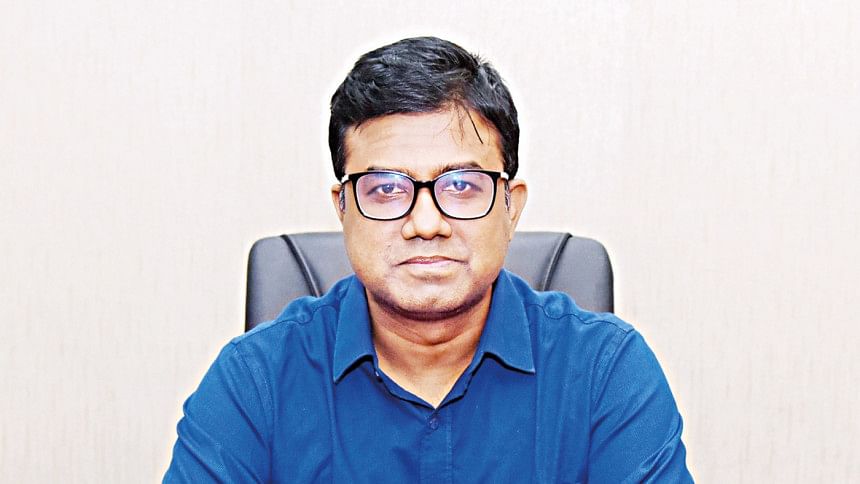“A paradigm shift in Bangladesh’s transport system”

TDS: With MRT Line-6 nearing completion and awaiting inauguration, what's your overall impression?
MH: The introduction of a schedule-based mass transport system in Dhaka is a significant milestone. Metro rail offers a safe, regular, and modern transportation option that was previously absent in the city. This development represents a paradigm shift in Bangladesh's transport system, providing a valuable opportunity for passengers traveling from Uttara to Motijheel.
TDS: What are your observations after one year of the partial inauguration of MRT Line-6?
MH: The metro rail aims to provide more than just speedy transportation; it's a town planning tool that encompasses accessibility and connectivity for users. Currently, passengers using the metro for their daily commute require four different modes of transportation. The focus has primarily been on the metro, with around 90,000 commuters currently using it. However, this number is expected to increase significantly, up to four to five times, once it extends to Motijheel, the city center.
To make it accessible to hundreds of thousands of commuters at stations, a feeder service is essential, but it's currently lacking.
One of the main objectives of the metro was to reduce private car usage, but recent research shows that 60% of metro users previously relied on city buses, while only 5% were former private vehicle users. This trend should ideally be the opposite, emphasizing the need to attract private car owners to the comfortable and air-conditioned metro.
Moreover, it is worth noting that a mere 6% of private vehicles occupy a significant 60% of our road space. This statistic underscores the need for promoting the metro system as a compelling alternative to the use of private vehicles.
TDS: Can you share your insights on fare and maintenance issues?
MH: The fare structure of the metro rail is designed to align with the substantial costs associated with its construction and operation, which are comparatively higher than those in other countries. Despite higher fares, people have shifted from city bus services to the metro due to the significant cost associated with wasting time in traffic.
Regarding maintenance, further research is needed. For instance, the Nagpur Metro relies on 60% of its power from solar energy, while our metro is solely electricity-driven.
Conducting continuous training for metro employees, similar to the practices employed with the Delhi metro, is essential for staying updated on the latest maintenance advancements.
The interview was taken by Priyam Paul.

 For all latest news, follow The Daily Star's Google News channel.
For all latest news, follow The Daily Star's Google News channel. 



Comments